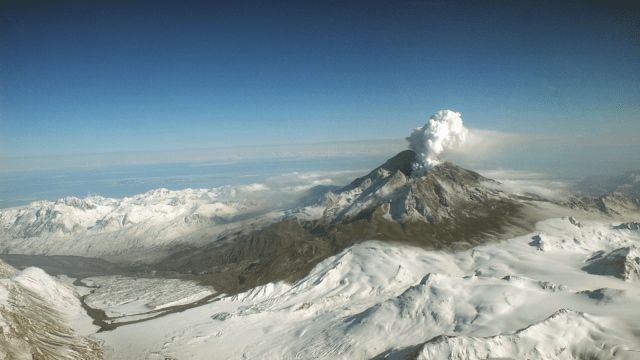India's NISAR Satellite Set to Revolutionize Earth Science Research

Bengaluru, India - A cutting-edge satellite developed in partnership with NASA is slated for launch, promising to unlock the secrets of our planet's dynamic surface. The Indian Space and Research Organisation (ISRO) is preparing to deploy the NASA-ISRO Synthetic Aperture Radar (NISAR), a game-changing satellite designed to revolutionize the way scientists study Earth's movements.
According to ISRO officials, NISAR will enable researchers to track subtle changes in the planet's surface with unprecedented accuracy. With its dual-band radar system built by NASA and ISRO, the satellite will measure the motion of glaciers, ice sheets, sea ice, and even vegetation on a global scale. Every 12 days, NISAR will create a comprehensive map of the Earth's surface, revealing the intricate dynamics that shape our planet.
The Indian satellite is a significant collaboration with NASA's Jet Propulsion Laboratory, which has contributed to the development of L-band and S-band systems in partnership with ISRO. This technological synergy will allow scientists to observe the entire planet's land and ice-covered surfaces with unparallelled precision, providing insights into volcanic eruptions like the historic event at Mount Redoubt in southern Alaska in April 2009.
As NISAR prepares for its maiden launch, researchers are eagerly anticipating the groundbreaking data it will reveal, helping humanity better understand our ever-changing planet.
